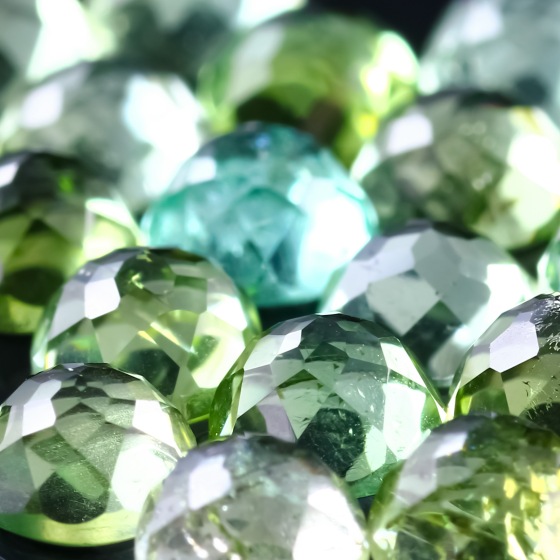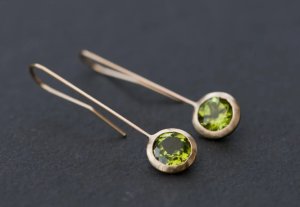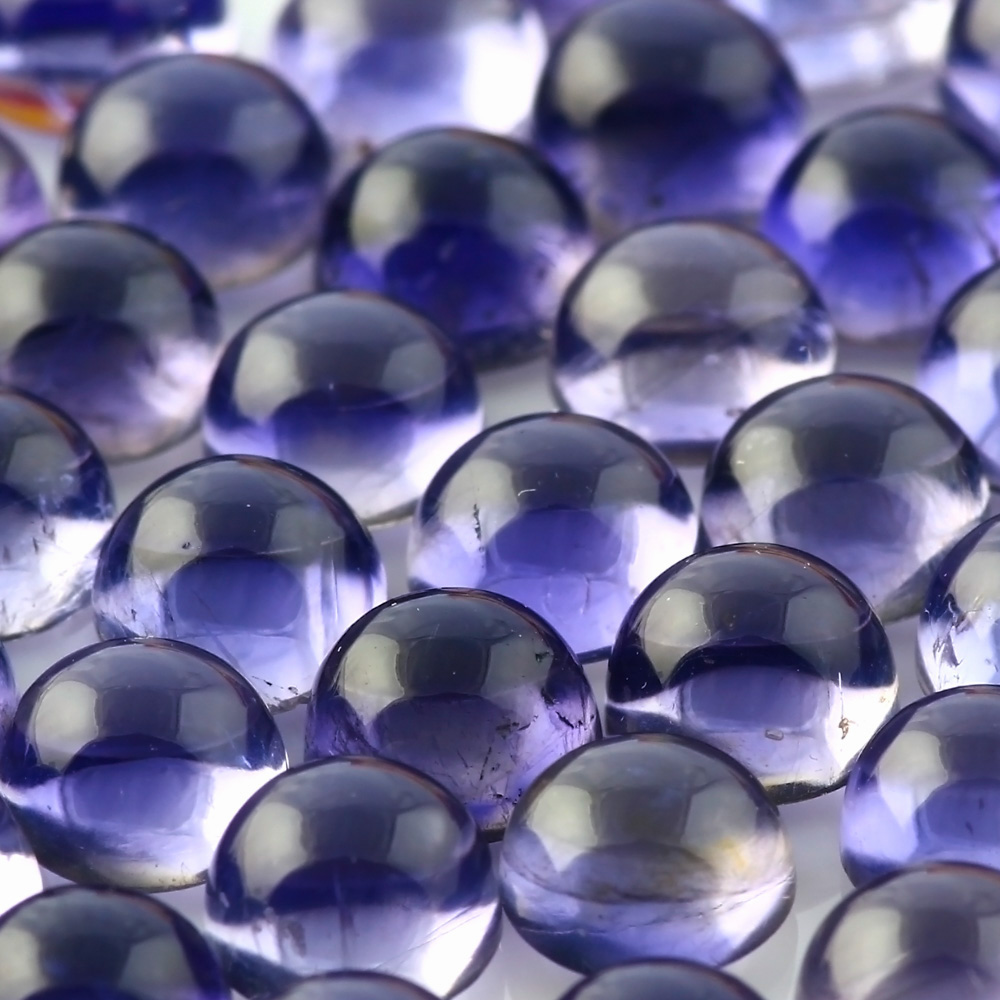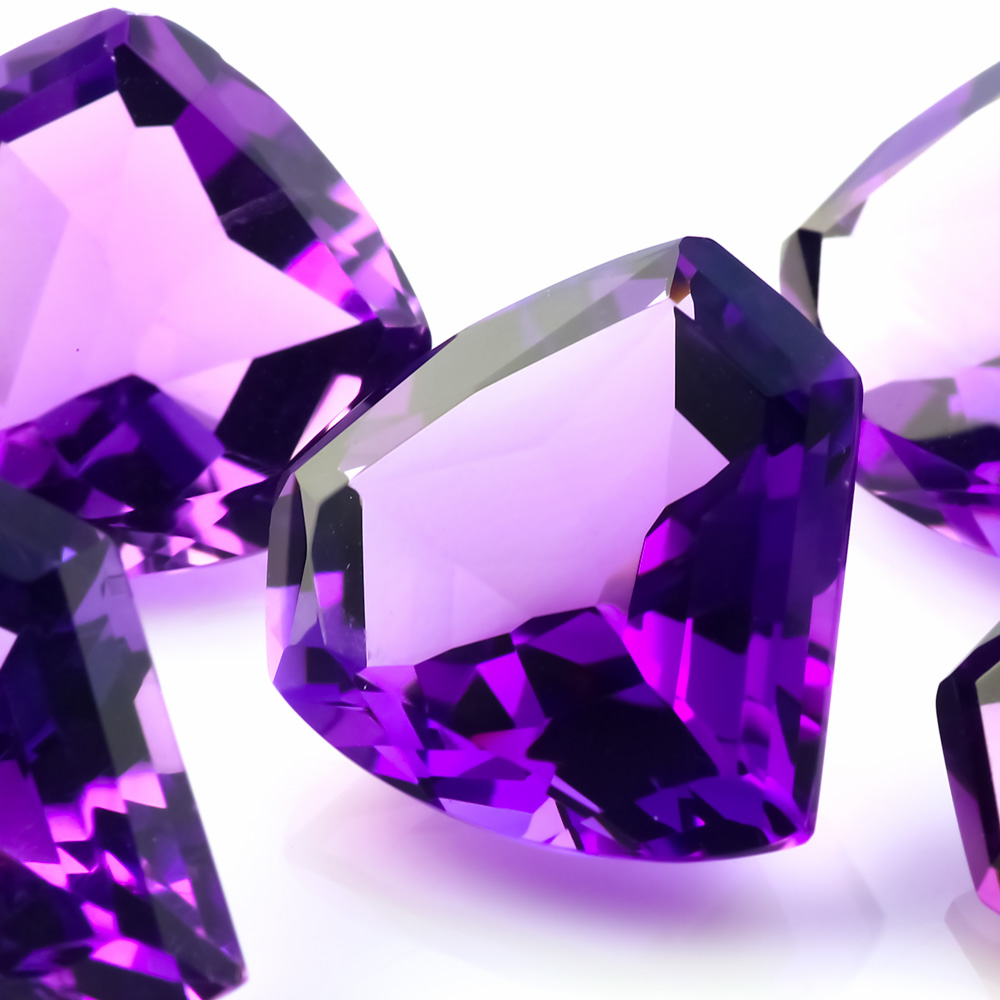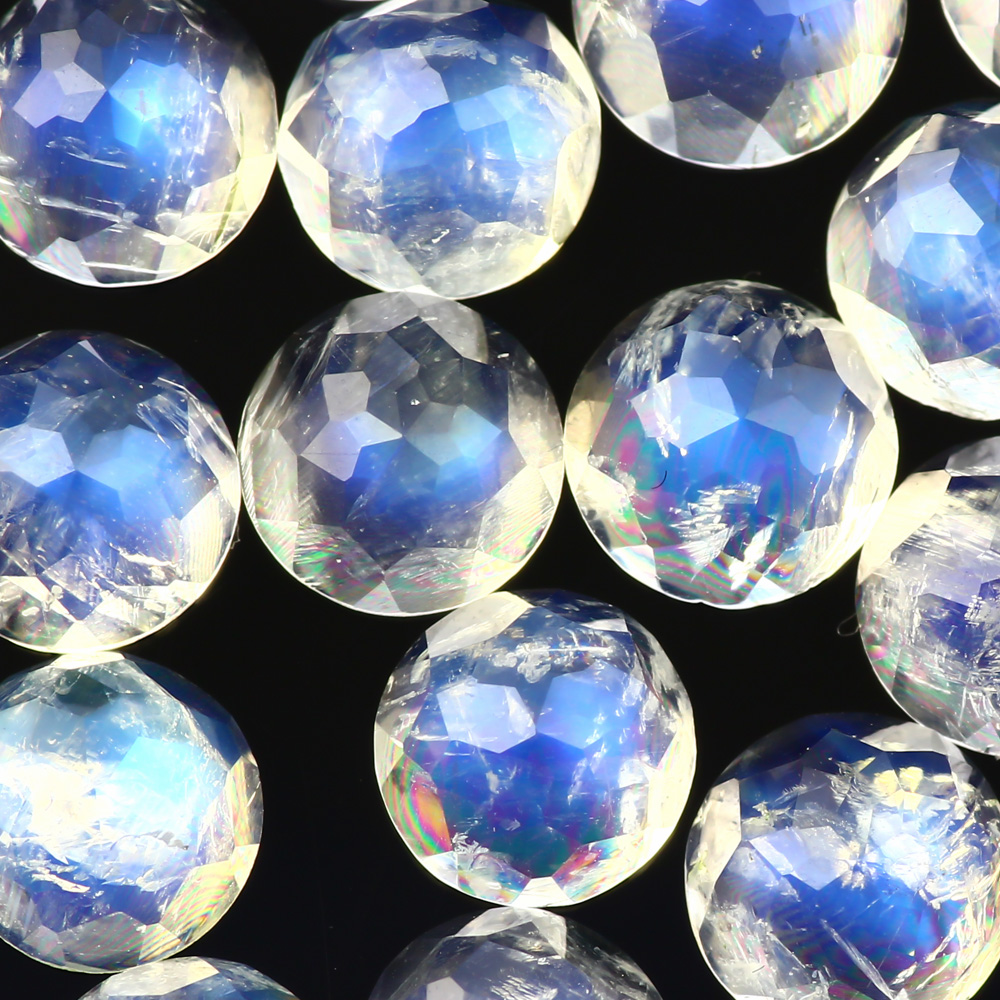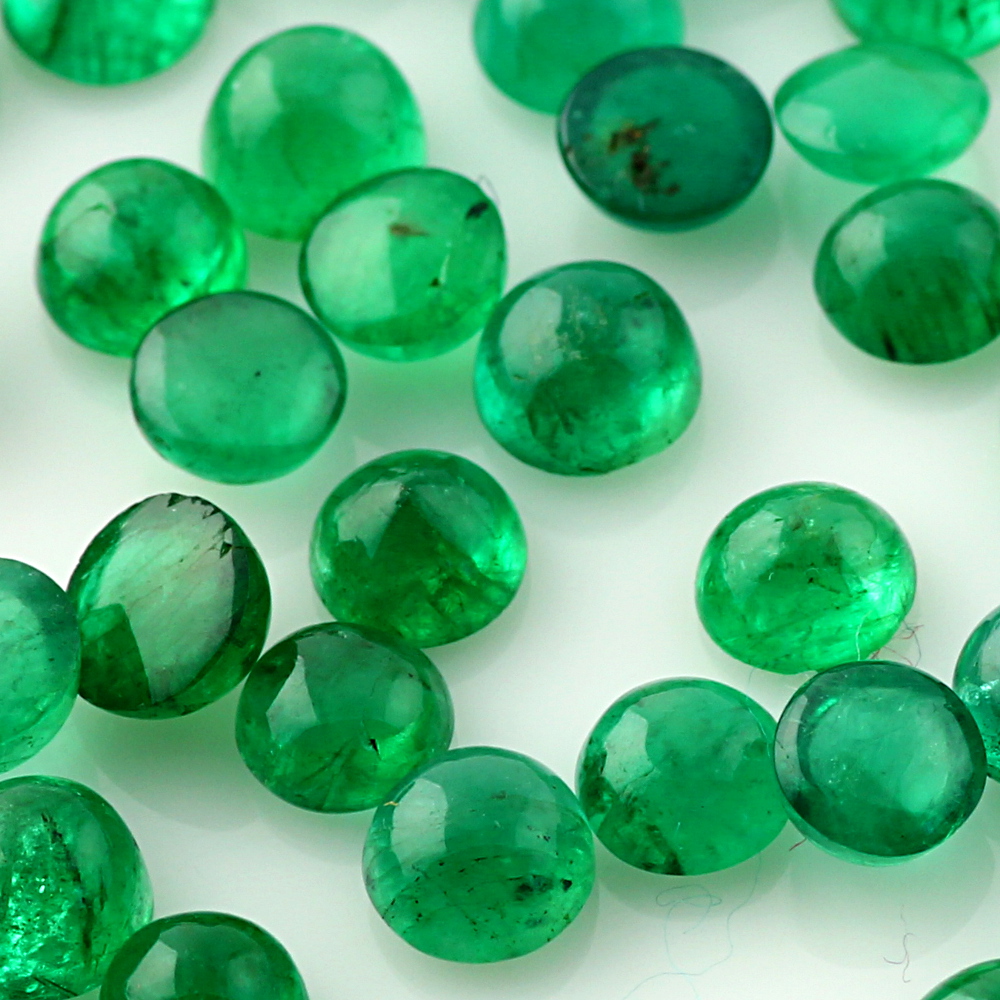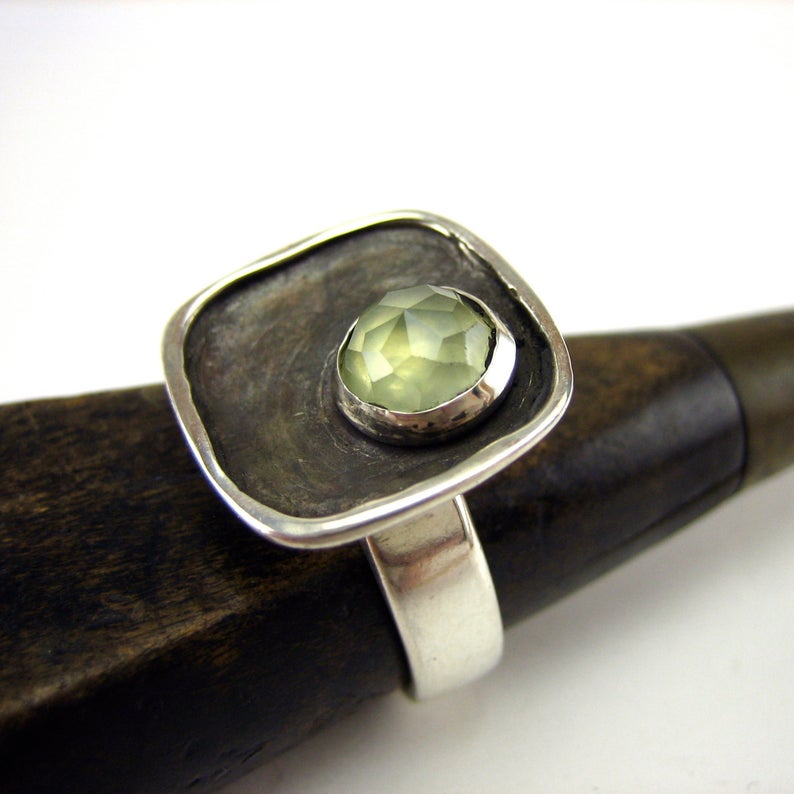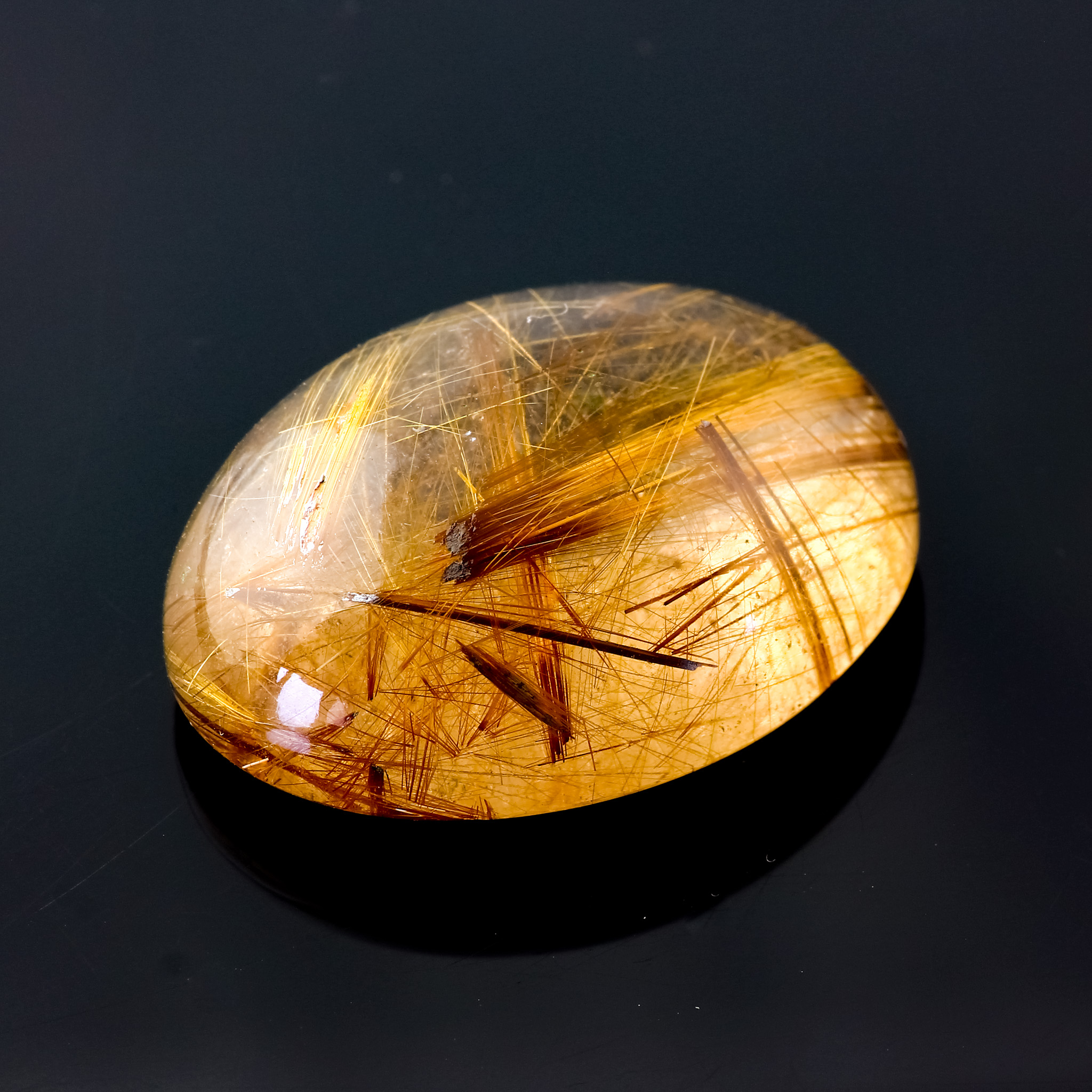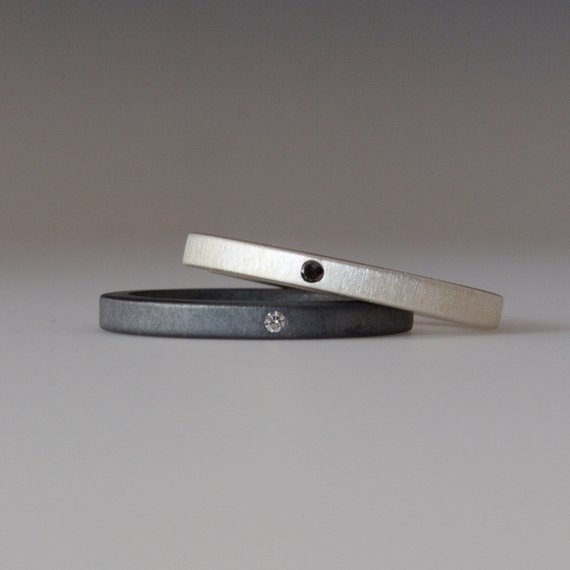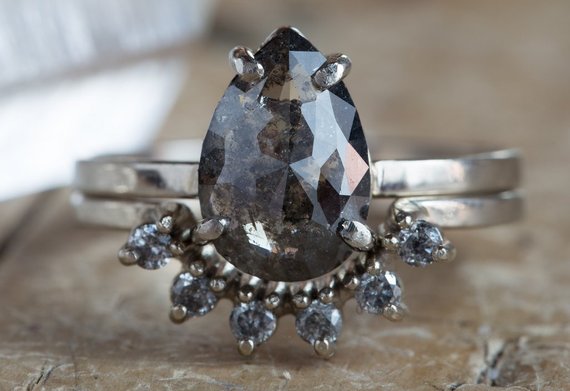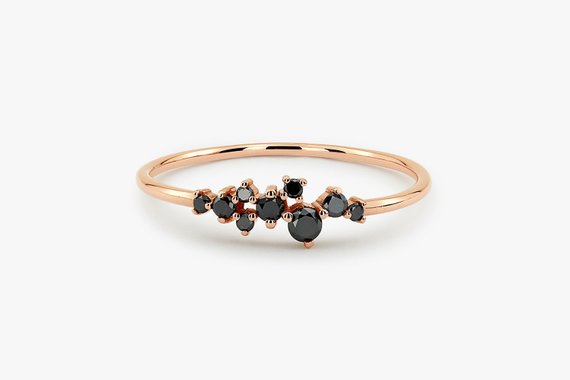I have noticed a phenomenon over the years, whereby people tend to buy the same stone the same time. It’s not a trend thing and it can only be by chance, but it is noticeable. Like one week, everyone’s at the London Blue and the following week it’s citrine. This week it is the turn of pale, pretty, unassuming prasiolite. When I started out, this used to be called green amethyst, until the Federal Trade Commission called time on this practice, pointing out quite correctly that amethyst came in one colour: purple and so therefore it was a misleading and inaccurate name. So, hence, prasiolite became the name for this stone. Don’t tell anyone but I do sometimes put ‘green amethyst’ in brackets because I’m sure there are people out there who still have no idea what prasiolite is, and certainly you will see this name used a fair bit in the trade. You also sometimes see it referred to as green quartz. It is a particular thing; amethyst which has been heated, and not just any amethyst either. Only amethyst from certain locations will turn green on heating; from some mines in Brazil and a few other places. You can see this with the settings below, from the gorgeous architectural styles of Janine Decresenzo and Parts of Four to the malchite surround of the Goshwara pendant and the pairing of the Joon Han earrings with the yellowish green tourmaline.






It is, as I say, a rather unassuming stone, so it does deserve a bit of love. It has the splendid clarity you’d expect from quartz, and its colour varies from a light yellowish to bluish green. It can be very pale indeed and as it gets smaller, it gets consequently lighter. I don’t think of it as a centrepiece stone but I’ve seen it used in that way quite a lot recently and what’s great about it is that it is a bit of a chameleon stone – it tends to take on the colour of what it surrounding it, or the metal it is set in. Set it in silver, and it will bring out the cool, almost bluish tones; set it in yellow metal and it will appear more gold. Surround it with darker green to emphasize the colour, or purples and blues to make it look more blue. I like it set in oxidised silver; I think the black does a lot to bring out its colour, as in the Yoki Collections pendant and Hagerskan’s The Cone Ring.

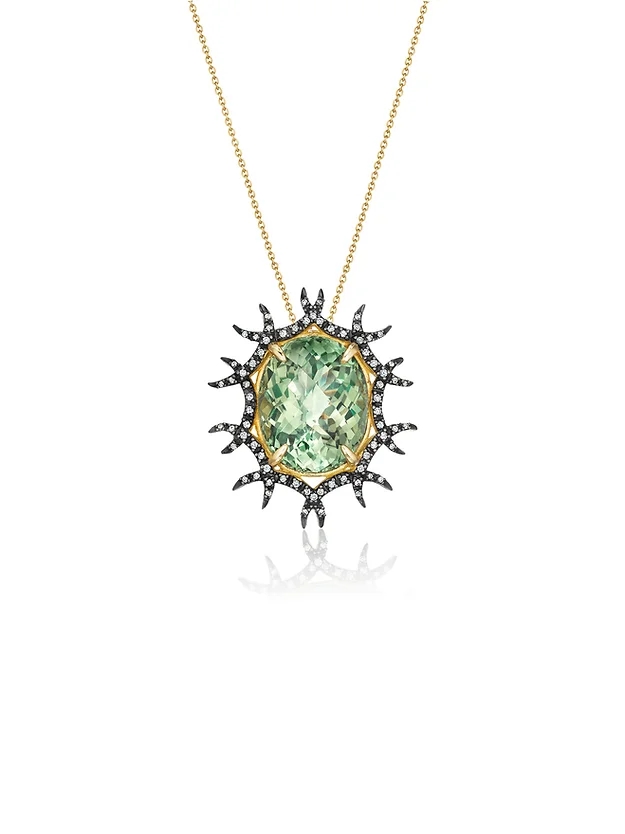

To check out our selection of prasiolite stones, please click here. We have new stocks of 10mm rose cut coming in soon!











